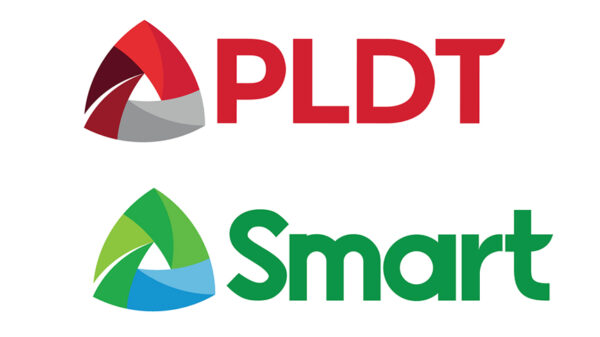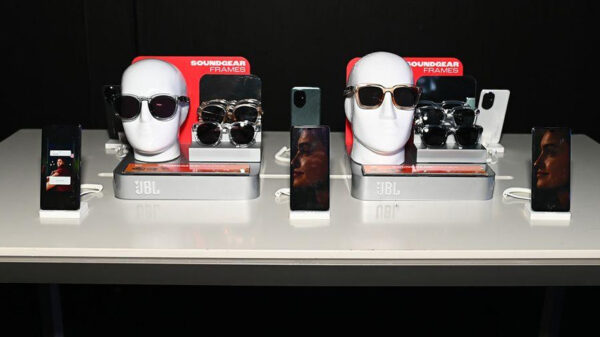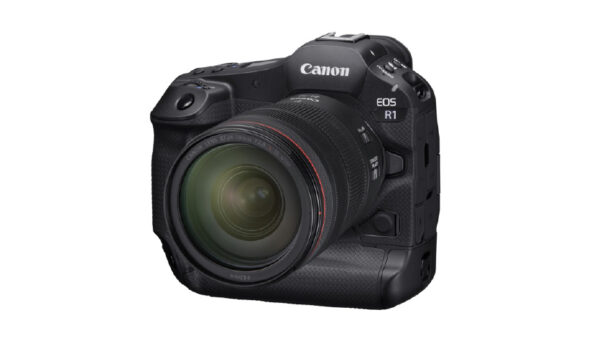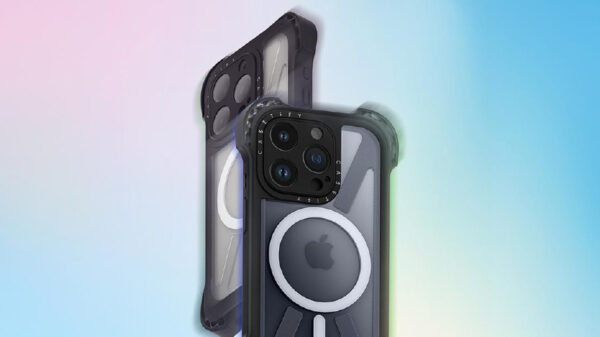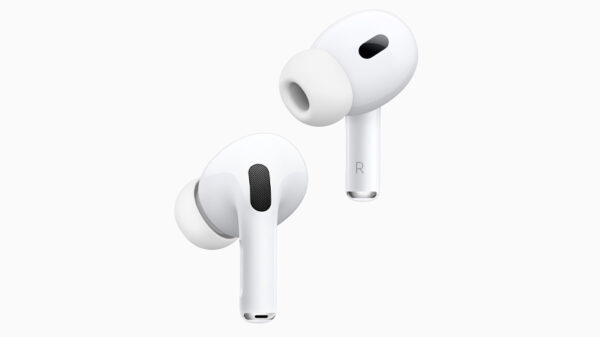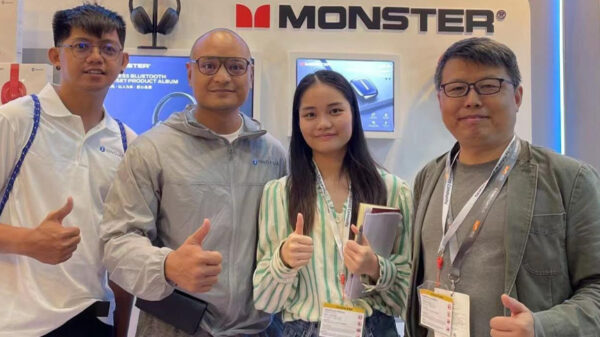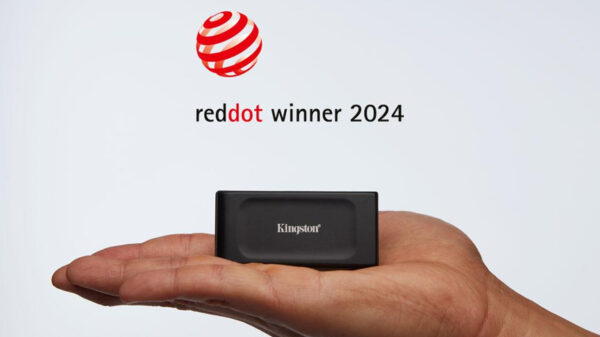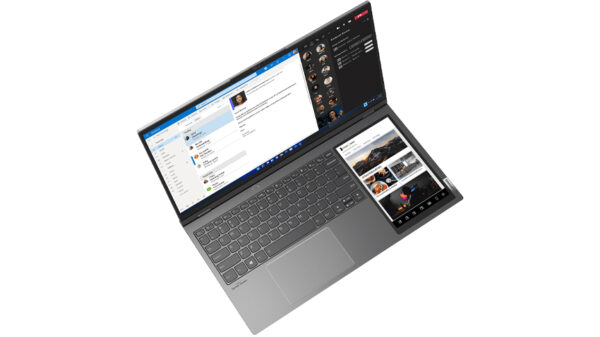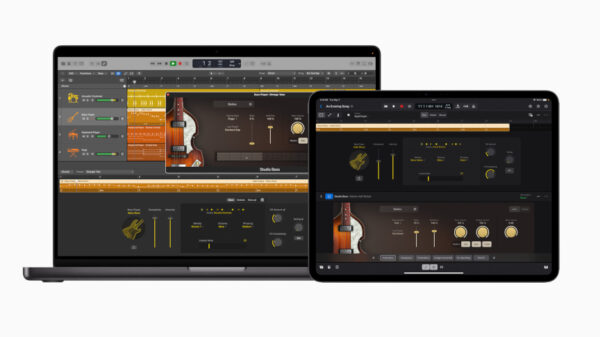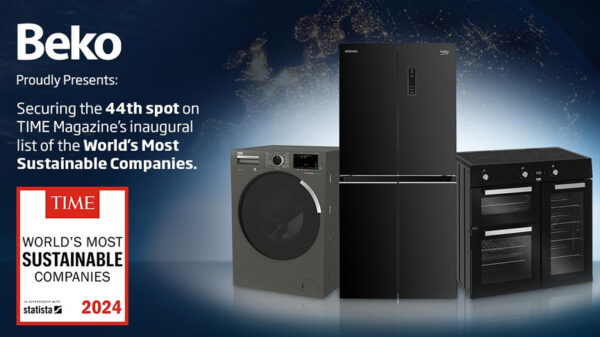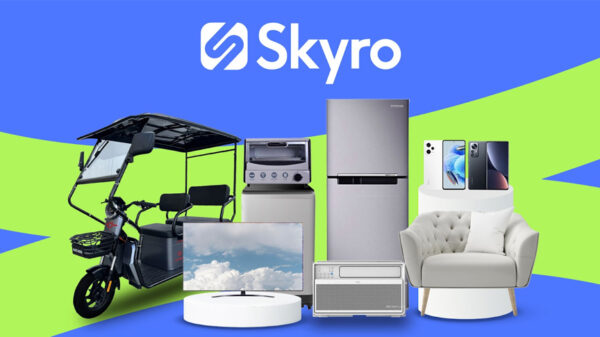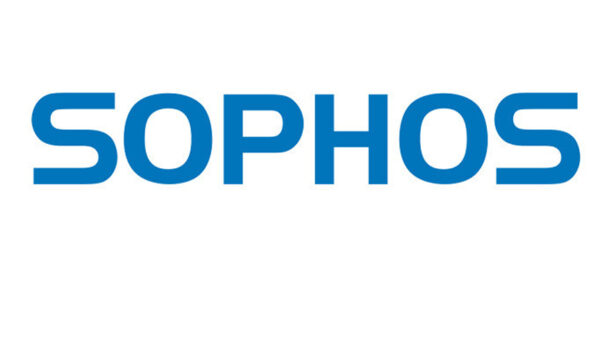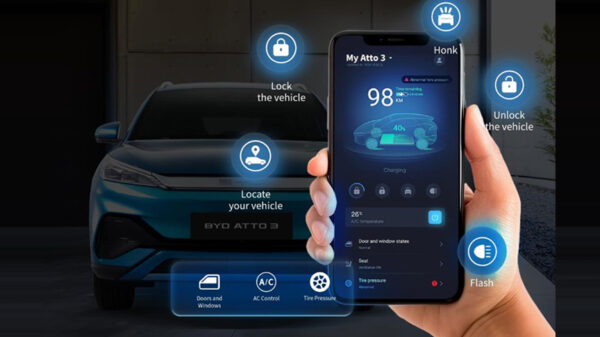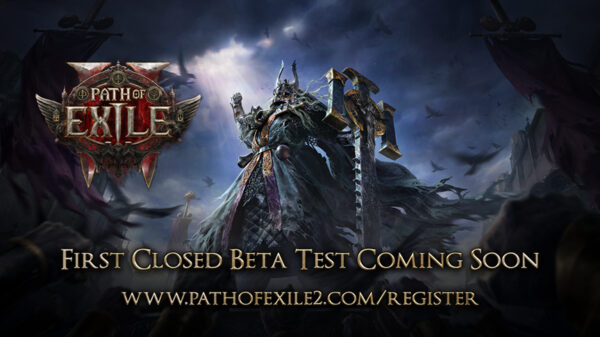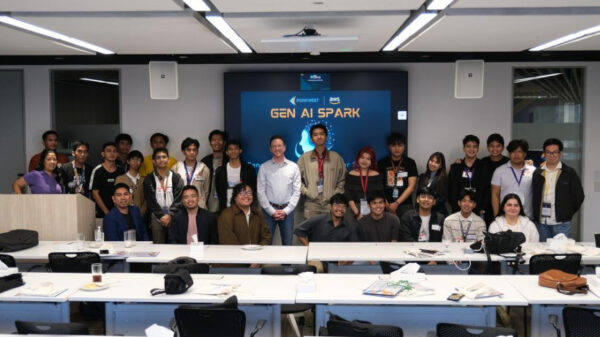Amazon Web Services (AWS), an Amazon.com company, announced AWS IoT, a new platform that makes it easy for devices — e.g. cars, turbines, sensor grids, light bulbs – to connect to AWS services so that companies can store, process, analyze, and act on the volumes of data generated by connected devices on a global scale.
Devices connect to AWS IoT’s Device Gateway, and manufacturers can set rules for how AWS IoT handles the data they send, and the actions they take when various conditions are met (such as sending an alert when a pressure sensor reports an unusually high reading or a motion detector is triggered). Connected devices are usually operated via applications that communicate with them using APIs, but devices may not always be available to respond to API calls because of intermittent connectivity or because of power constraints. AWS IoT creates a virtual version, or “shadow” of each connected device that includes all of the information about the device’s state and is always available so that applications can check the device’s status and take actions that are automatically sent to the device once it reconnects. AWS IoT provides an SDK that makes it easy for developers to use the AWS IoT functionality from connected devices, and from mobile and web applications. A number of semiconductor manufacturers also have “Starter Kits” Powered by AWS IoT that embed the AWS IoT Device SDK and offer connectivity to AWS IoT out of the box.
Today, many of the world’s leading manufacturers, developers, enterprises, and smart cities use AWS services to power a range IoT applications that span everything from energy metering and oil and gas production to fleet management and smart homes. However, operating highly available and reliable systems that connect and gather data from large fleets of “things” – sensors embedded in everything from manufacturing equipment and vehicle fleets, to fitness devices and homes – involves a significant amount of development and infrastructure effort. To manage this complexity, customers have had to build custom middleware that can translate device protocols (so that applications can interact with these devices) and provision infrastructure that can scale to support a high volume of simultaneous connections between cloud services, mobile apps, and an array of devices which may connect only intermittently and have limited compute, storage, or battery life. With AWS IoT, customers have a pay-as-you-go service that handles the heavy lifting involved in connecting any number of disparate devices, allowing them to securely interact with each other, cloud services, and applications while keeping them up-to-date, and collecting, analyzing, and taking action on the continuous streams of data they generate.
“The promise of the Internet of Things is to make everyday products smarter for consumers, and for businesses to enable better, data-driven offerings that weren’t possible before. World-leading organizations like Philips, NASA JPL, and Sonos already use AWS services to support the back-end of their IoT applications,” said Marco Argenti, VP for mobile and IoT at AWS. “Now, AWS IoT enables a whole ecosystem of manufacturers, service providers, and application developers to easily connect their products to the cloud at scale, take action on the data they collect, and create a new class of applications that interact with the physical world.
With AWS IoT, customers can:
- Connect devices to the Cloud and to each other (Device Gateway and AWS IoT Device SDK). Devices connect to AWS IoT via the Device Gateway using both HTTP and Message Queue Telemetry Transport (MQTT), an industry-standard, lightweight communication protocol designed for sensors and mobile devices, making them interoperable independent of the protocol they use. AWS IoT also supports other industry-standard and custom protocols that customers may have already implemented, and devices can communicate directly with each other regardless of the protocol they use. AWS IoT scales as the number of devices grows, providing connectivity with low latency and high throughput on a global scale.
- Secure data and interactions. AWS IoT provides mutual authentication so that data is never exchanged between devices and AWS IoT without proven identity, and encrypts all data coming into and out of connected devices. AWS IoT is fully integrated with AWS Identity and Access Management (IAM), making it easy for customers to set granular permissions for individual devices, or fleets of devices, and manage them throughout the lifecycle of the device. Customers can generate and embed security credentials in their existing connected devices, or AWS IoT can generate new ones when devices are first activated.
- Process and act upon device data (Rules Engine). AWS IoT’s rules engine lets customers define rules that filter, process, and route data between devices, AWS services, and applications. Using the AWS Management Console, the AWS Command Line Interface (CLI), or AWS IoT APIs, customers can create rules that apply to data from a single device (such as a sensor), a group of devices (such as a sensor array), or a mix of devices and data sources (such as a sensor array and data stored in Amazon DynamoDB). Rules specify conditions that, when verified, instruct AWS IoT to take actions such as routing data to Amazon Kinesis, Amazon S3, Amazon Redshift, Amazon Machine Learning, or Amazon DynamoDB. For example, AWS IoT may receive messages from connected industrial equipment that produce vast amounts of telemetry data each hour, not all of which may be relevant to the business. With AWS IoT’s rules engine, the business can instruct AWS IoT to filter certain types of sensor data (e.g. pump pressure) as it comes in, and route only the specified data to Amazon Kinesis Firehose to be streamed into an Amazon Redshift data warehouse for later analysis. AWS IoT rules can also trigger AWS Lambda to run code that will take more complex actions, such as compressing data, or sending a push notification to an operator if an anomaly is detected. Customers can update rules in AWS IoT without intervention on the physical device, reducing the cost and effort involved in updating and maintaining large fleets of devices.
- Allow cloud applications to interact with connected devices even when they are offline (Device Shadows). AWS IoT creates a persistent, virtual version, or “shadow,” of every device that stores the latest state of a device so that applications or other devices can read messages from the device and interact with it anytime – even if it is offline. By providing always-available REST APIs, AWS IoT makes it easier for customers to build applications that interact with connected devices. Applications can read the state of a device or set a desired future state through API calls, and AWS IoT takes care of setting the correct state, sending only relevant changes to the device once it reconnects.
- Get started quickly with AWS IoT Starter Kits from leading hardware manufacturers: Through the new AWS Hardware Partner Program, a growing ecosystem of semiconductor manufacturers, including Arrow, Broadcom, Intel, Marvell, Mediatek, Microchip,Qualcomm, Renasas, SeedStudio, and Texas Instruments are offering IoT starter kits powered by AWS that include the AWS IoT SDK and hardware components that are ready to connect to AWS IoT. These kits offer a wide range of microcontroller, sensor, and development boards that developers and manufacturers can use to very rapidly prototype AWS IoT enabled connected devices.


